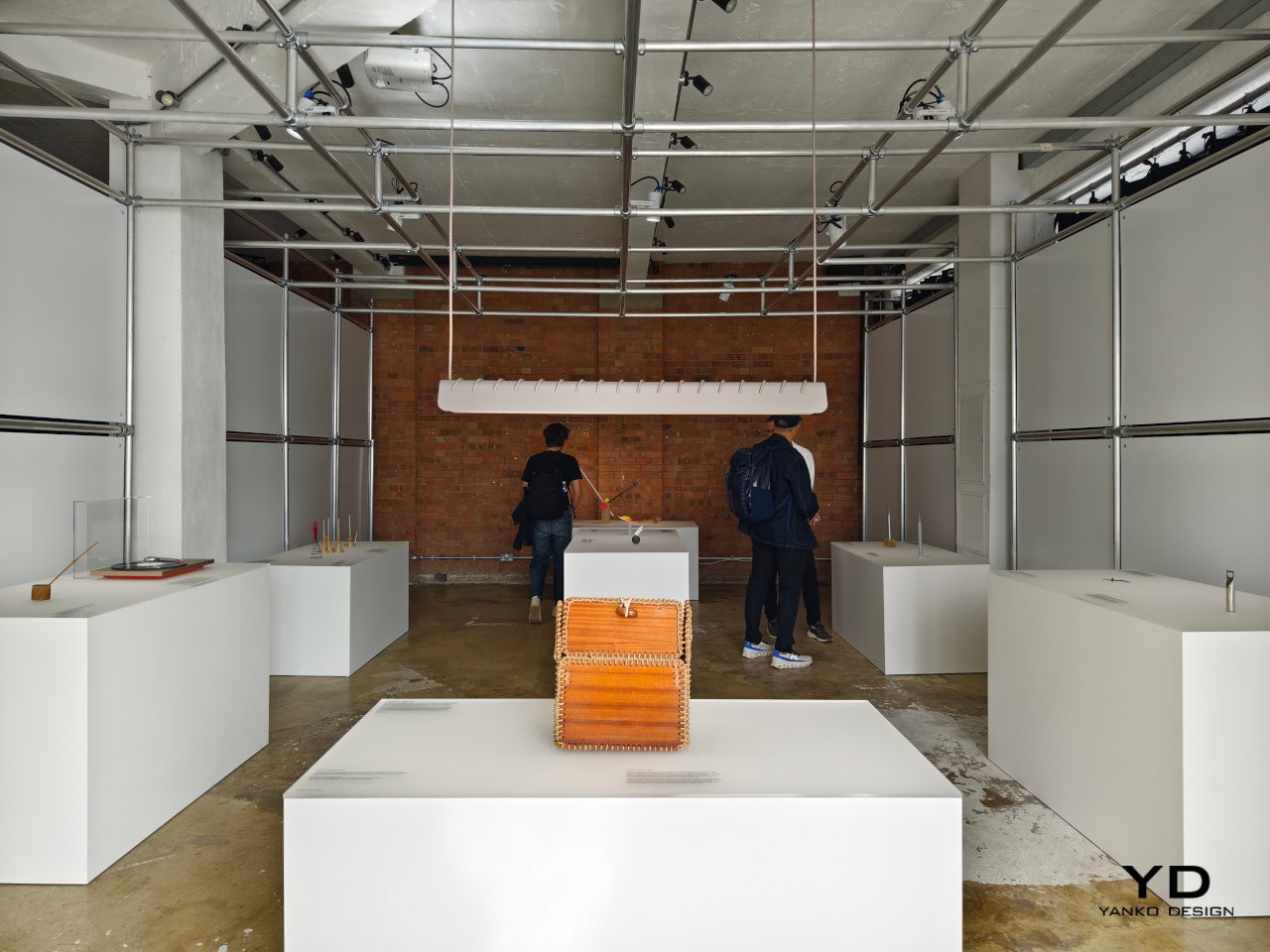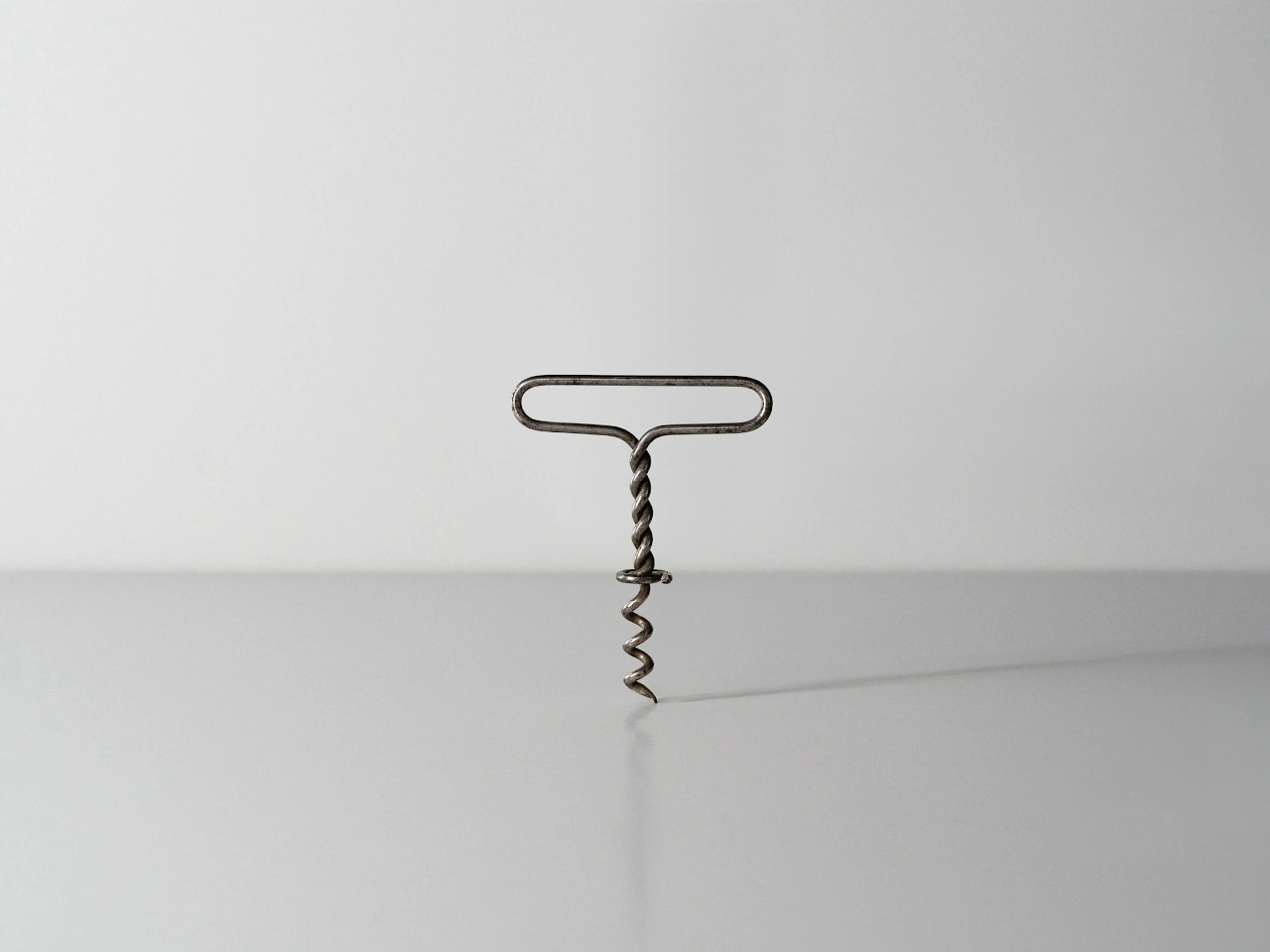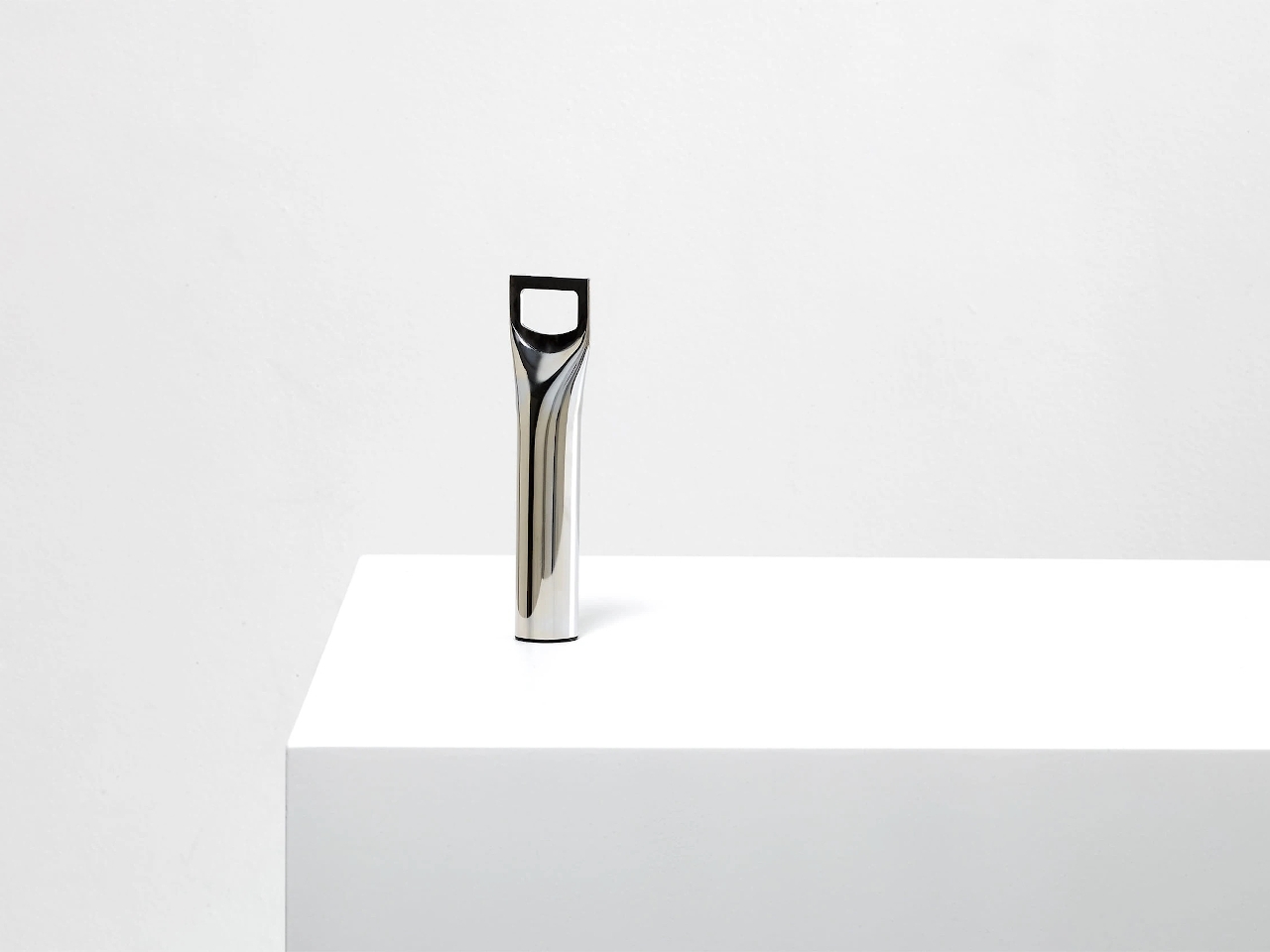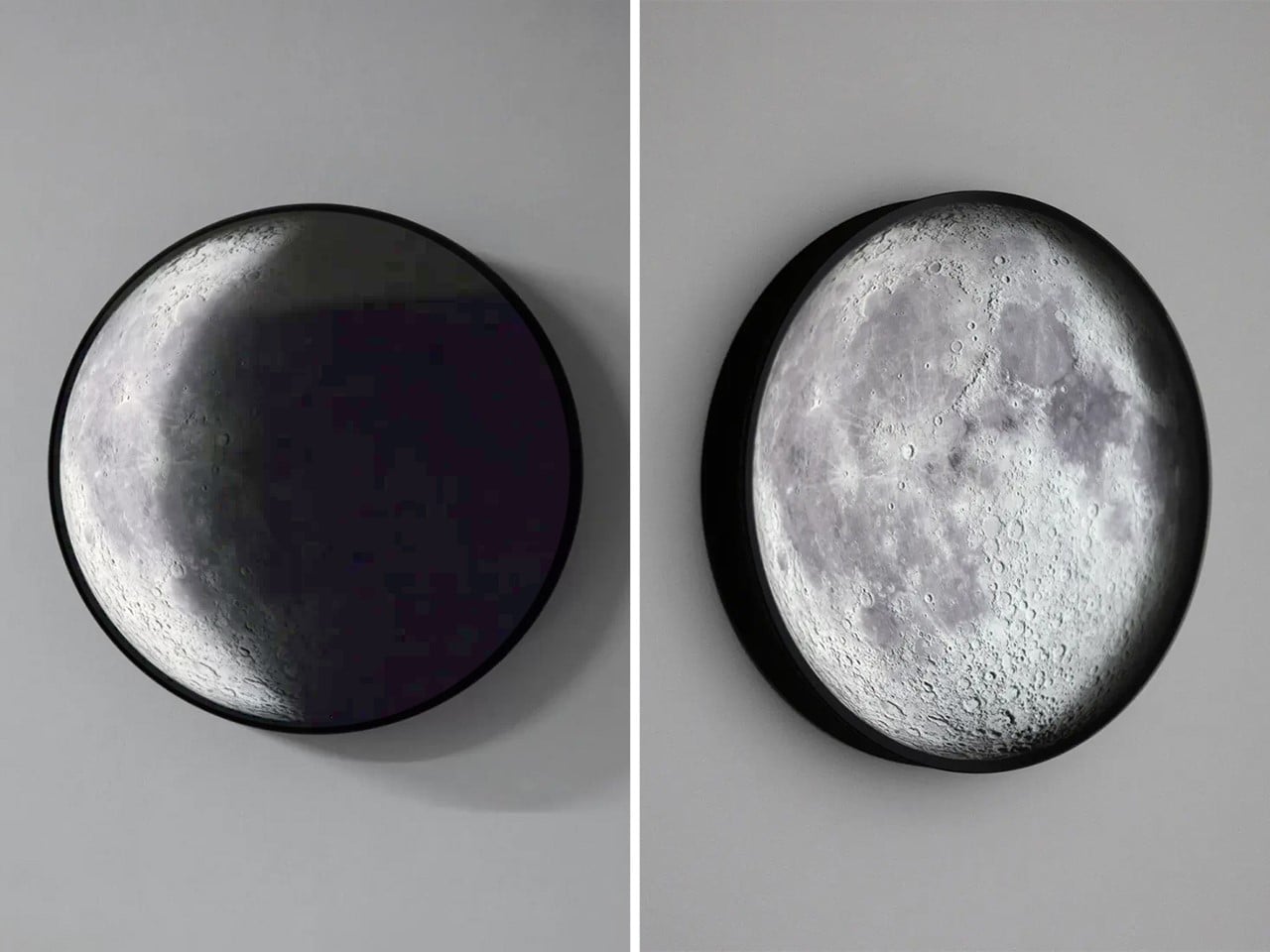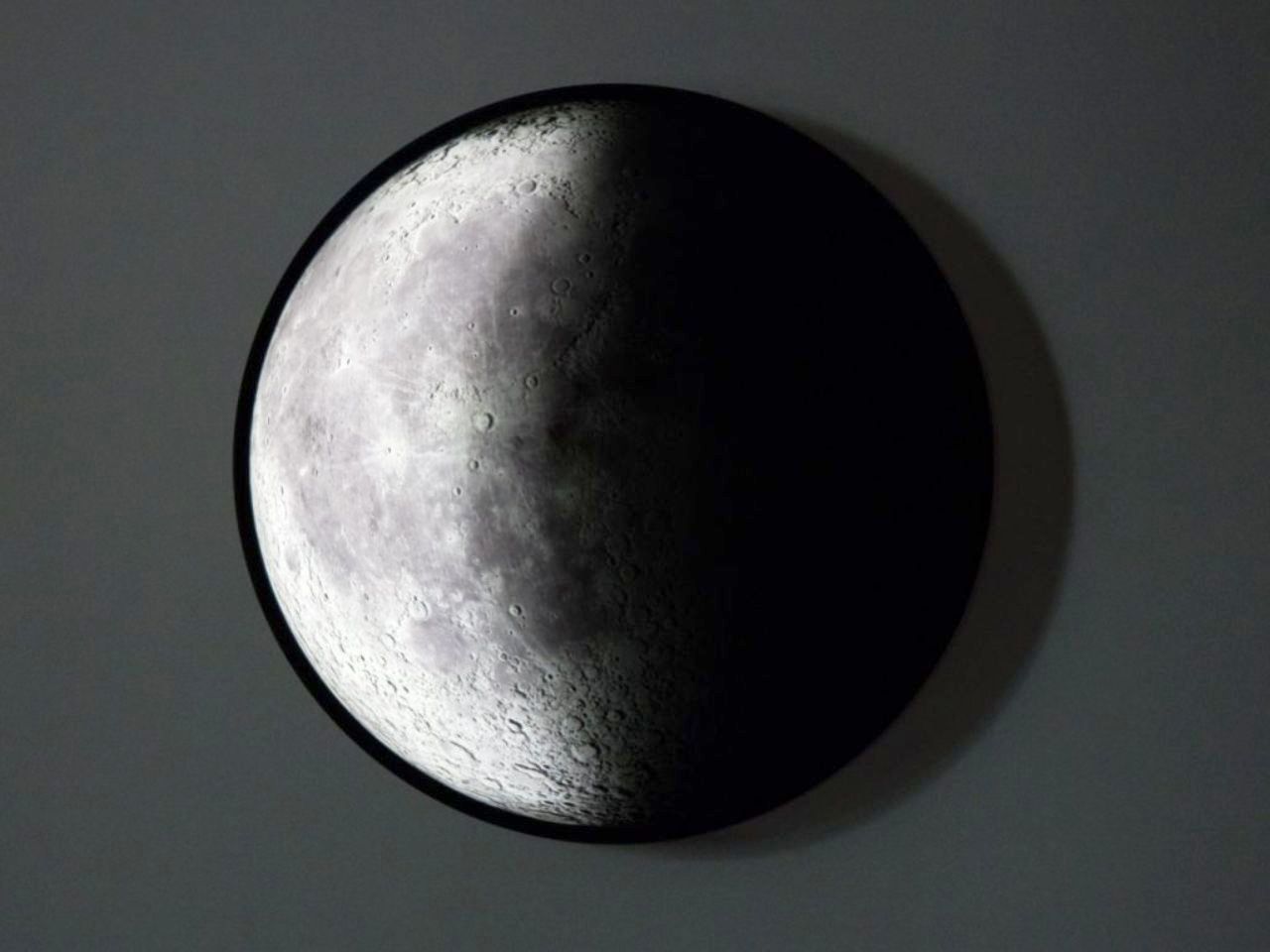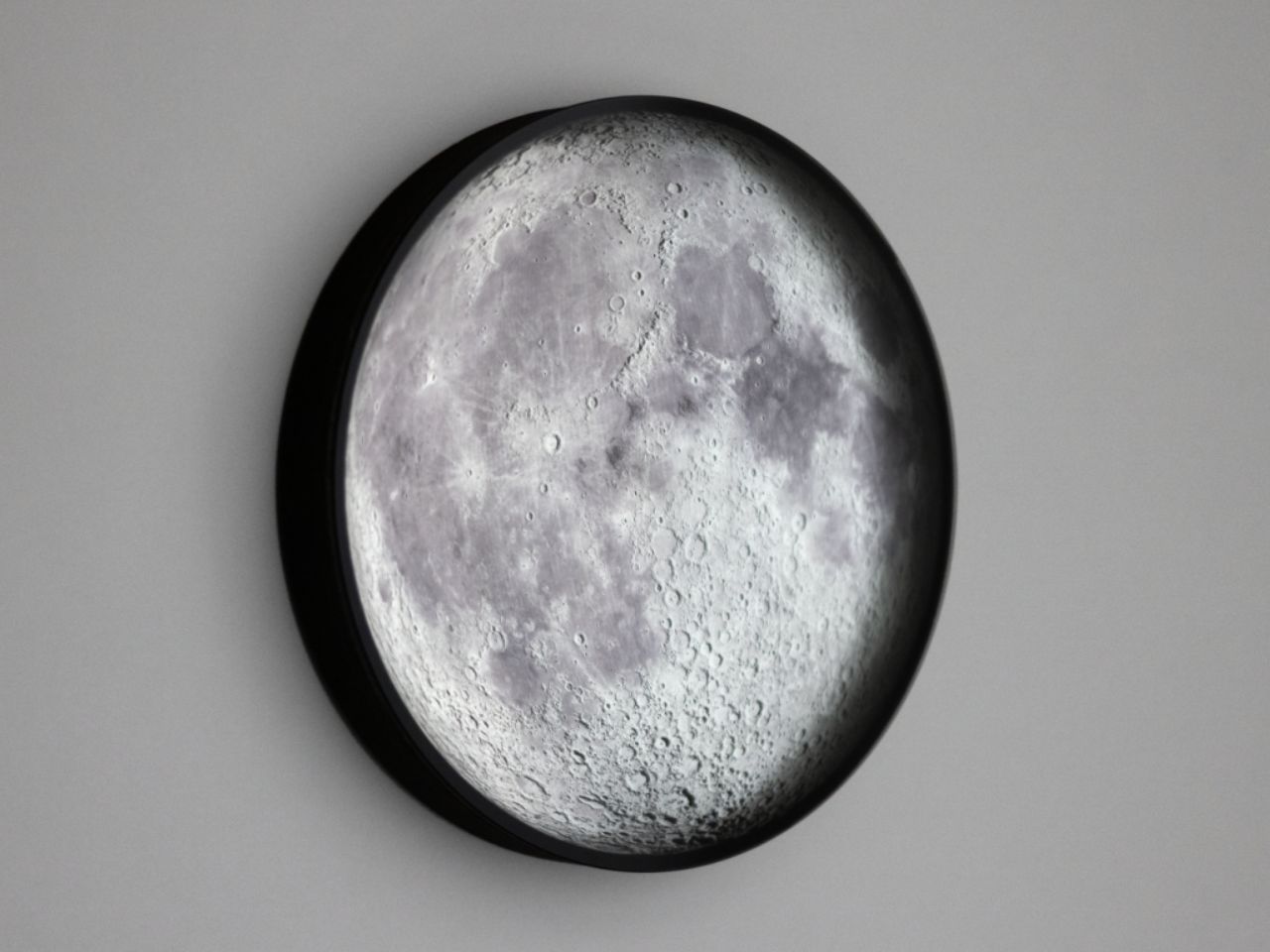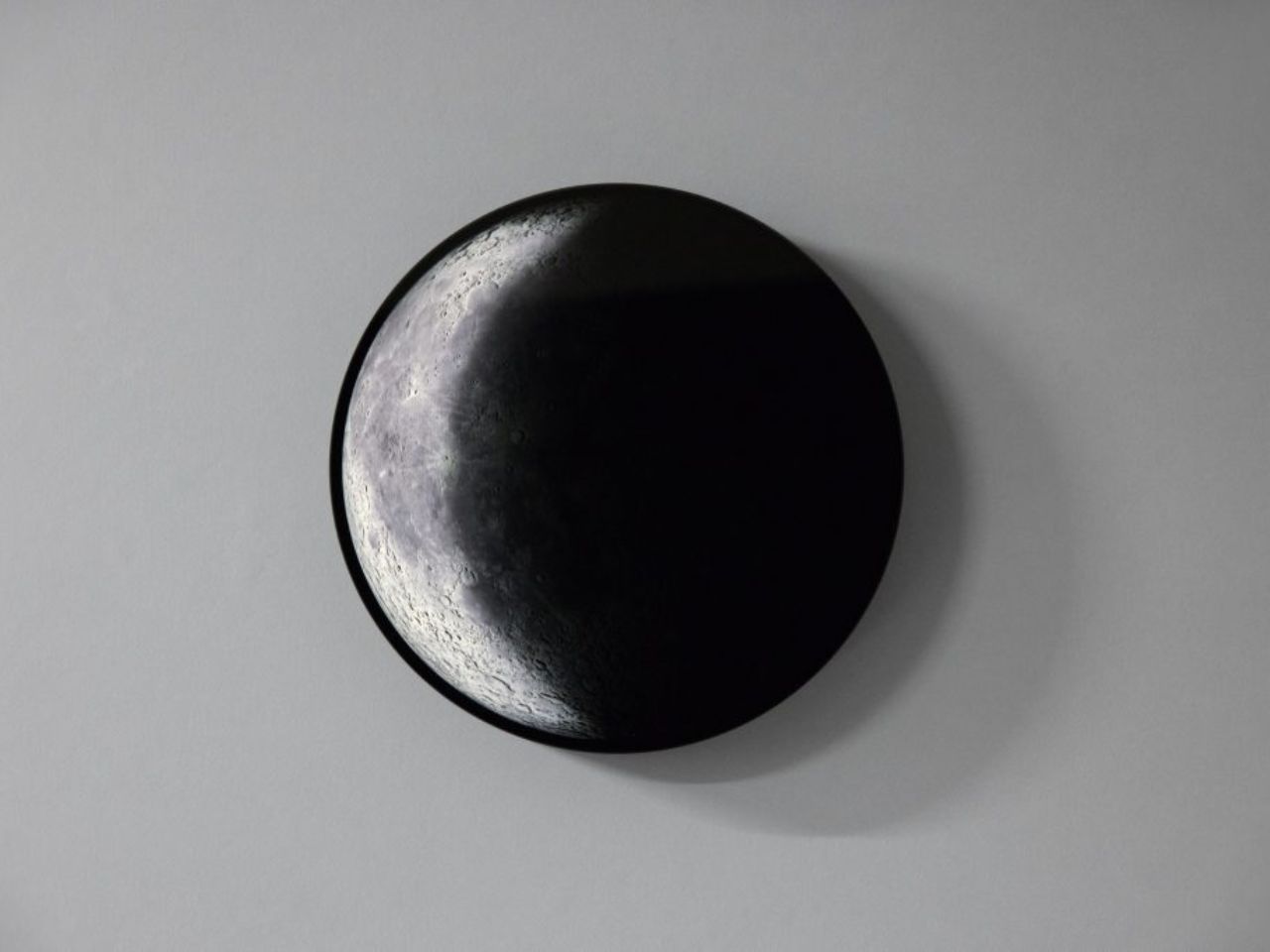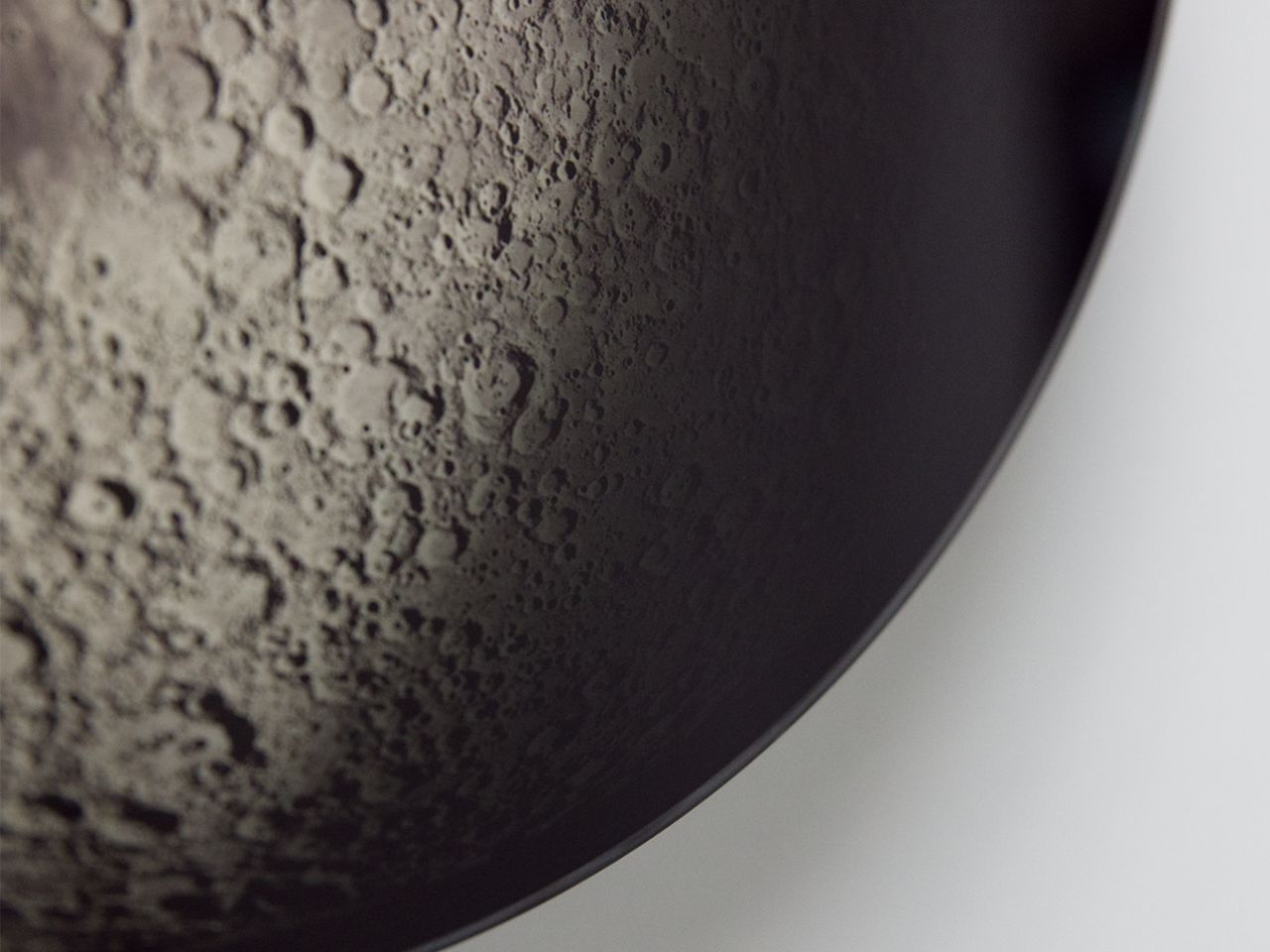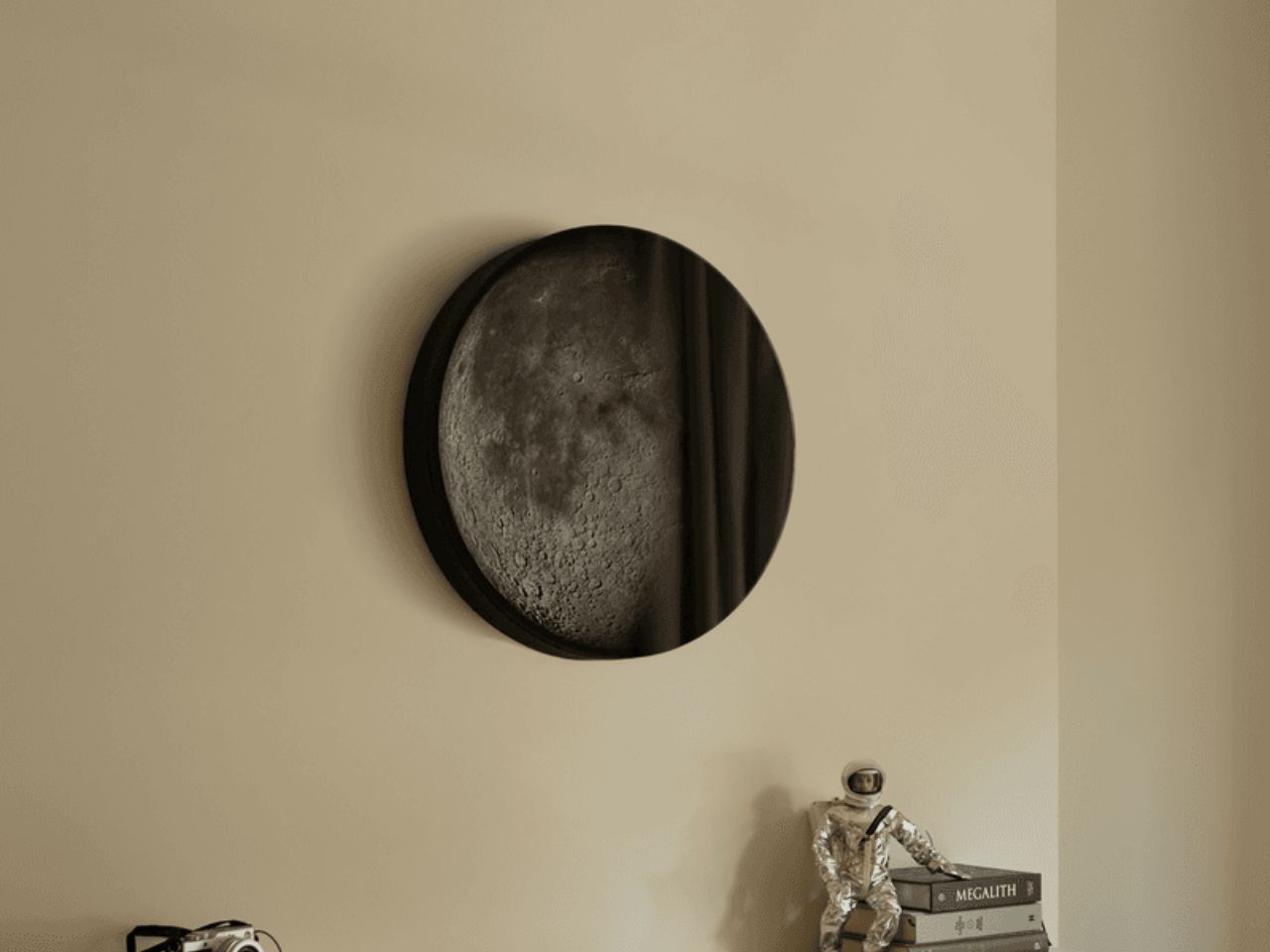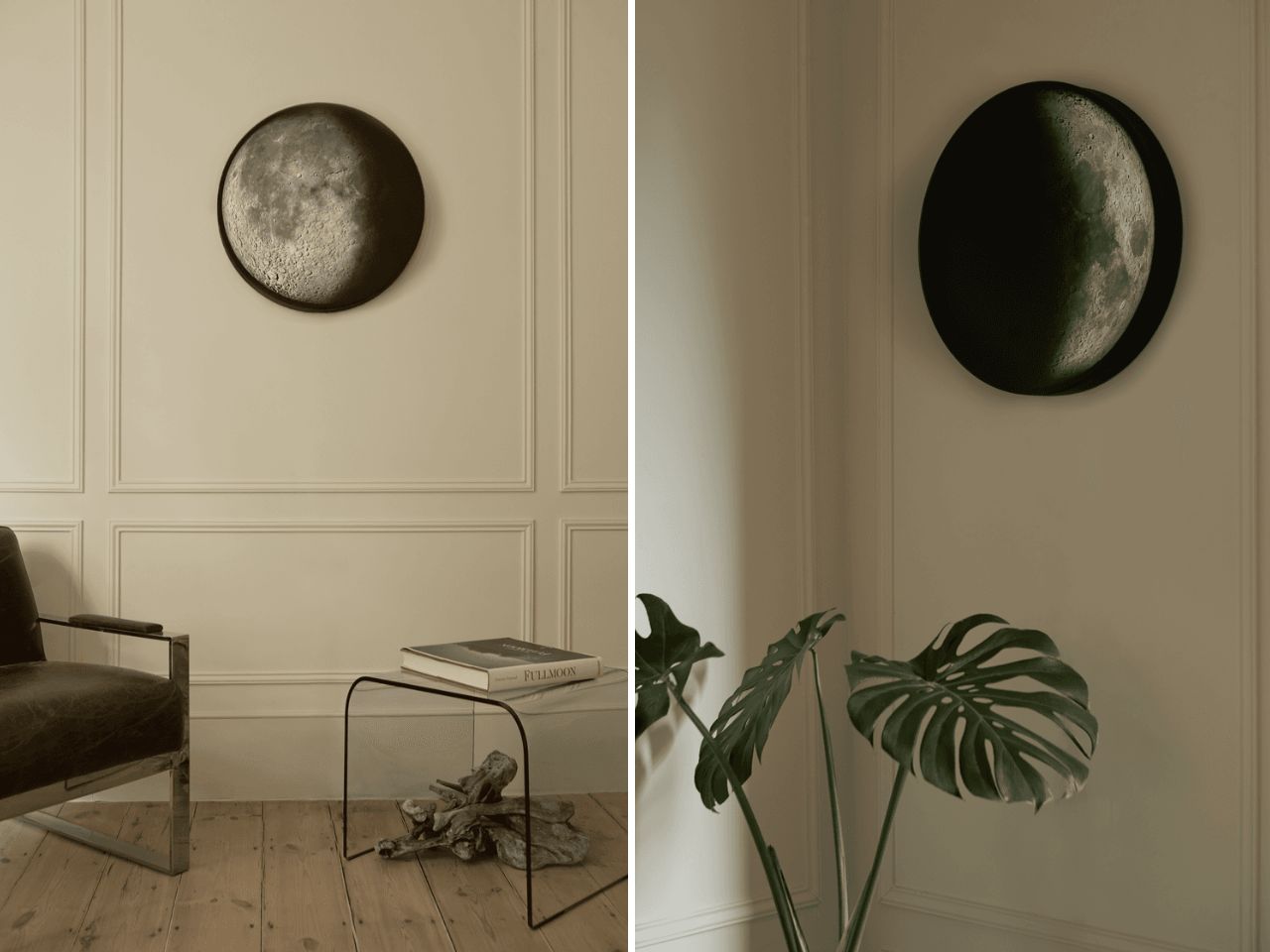
As part of the iconic London Design Festival, Material Matters 2024 promises to be a cornerstone for material enthusiasts, designers, and innovators. Set in the historic Bargehouse, Oxo Tower Wharf, from September 18-21, the fair will spotlight groundbreaking work across material disciplines, showcasing how innovative thinking can shape the future of sustainable design. This year’s lineup includes some of the most compelling projects and collaborations that fuse creativity with sustainability. Let’s take a closer look at five standout exhibitions that demonstrate the show’s thematic diversity and material brilliance.
1. Locally Grown: Harnessing Human Hair as a Material

In an unexpected and captivating twist, Studio Sanne Visser is showcasing Locally Grown, an installation that explores human hair as a regenerative material. Visser, known for pushing the boundaries of material design, has transformed what many consider waste into a valuable resource. Visitors can not only experience the journey from haircuts to yarn but can even contribute to the process by offering their own hair for transformation.

Hair spun into yarn, is showcased in products like ropes and even wearable garmets like hats, developed in collaboration with various designers. This project underscores the versatility of unconventional materials and opens up conversations around waste and resourcefulness. The exhibit is backed by the Dutch Embassy and reflects a strong commitment to material reuse.
2. Suru: Blending Craftsmanship with Circular Innovation

Barcelona-based Suru is a standout in Room 12, bringing a fusion of local craftsmanship and a commitment to sustainable living. The brand’s philosophy is rooted in circular innovation, with a focus on integrating recycled and biodegradable materials into its modular furniture and lighting designs. At Material Matters 2024, Suru is launching new products, including the Carta Lamp 001, a portable light made from a single sheet of paper that can be disassembled easily for repair, embodying their lifecycle approach. They’re also showcasing established pieces like the Niu Armchair 001, crafted from ethically sourced, VOC-free beech wood and featuring a cushion made from recycled coconut shells and PET fabric. Each piece exemplifies Suru’s dedication to sustainability without compromising on style or functionality.
3. BIOTEXFUTURE: Revolutionizing Textiles Through Biotechnology
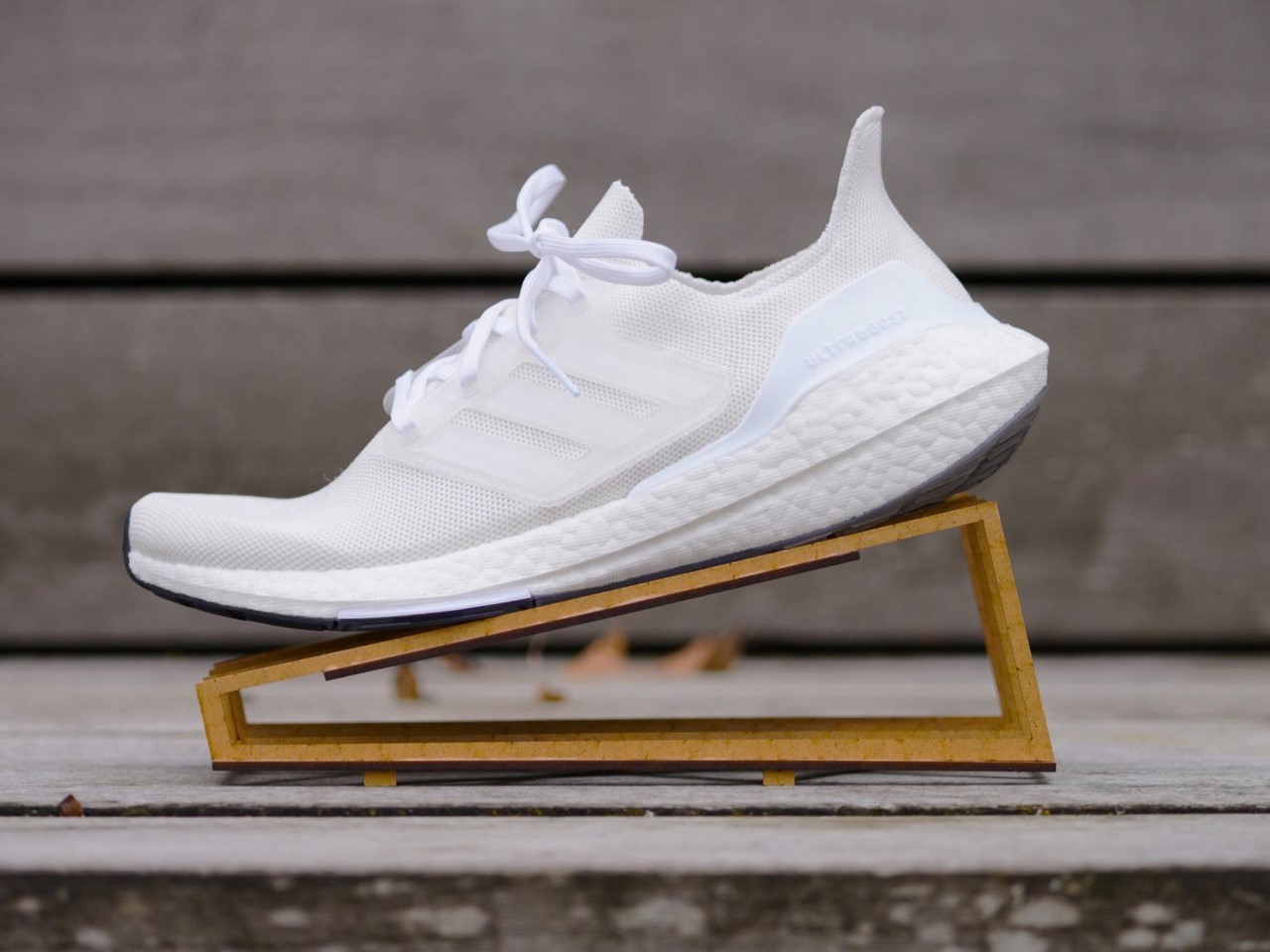
The future of textiles is bio-based, and nowhere is this more evident than in Fibre Futures, an exhibition led by BIOTEXFUTURE in collaboration with Adidas and RWTH Aachen University. This installation delves into innovations in bio-manufacturing and alternative resource streams, with a focus on high-performance textiles that could revolutionize the fashion and sportswear industries. The combination of scientific research and cutting-edge design makes this one of the more technical but no less intriguing exhibits.
This exhibit offers visitors a look into how biotechnology is shaping the next generation of materials, proving that high-performance doesn’t have to come at the expense of sustainability. Expect alternative fibers and spinning techniques that push the boundaries of what textiles can do.
4. Rootfull: Nature’s Hidden Potential

Rootfull, an innovative project turning to nature’s unseen power, focuses on creating sustainable designs using tree roots. This unique approach explores the raw beauty and versatility of roots in product design. At Material Matters 2024, Rootfull showcases a range of lamps crafted from roots, highlighting their natural durability and the aesthetic appeal of light leaking through the fibrous network of roots. By using a material that’s typically overlooked or discarded, Rootfull not only opens up new possibilities for biomaterials but also taps into the innate connection between nature and design, offering a fresh perspective on how we can reimagine organic waste as functional, beautiful art.
5. Mushlume Lighting: Lighting the Way with Mycelium

Continuing the biomaterials theme, Mushlume Lighting by Danielle Trofe uses mycelium—the root structure of mushrooms—to create an eco-friendly line of lighting. Each piece is biofabricated, grown rather than made, illustrating the potential of mycelium as a scalable, renewable material. Trofe’s work is an outstanding example of how fungi can move beyond the realm of the kitchen and into the living room, lighting up spaces with minimal environmental impact.
6. Peel Fabric Lamp: Illuminating Waste with Alkesh Parmar

Designer and researcher Alkesh Parmar has long been known for his innovative use of materials often regarded as waste, particularly citrus peel. At Material Matters 2024, Parmar showcases his Peel Fabric Lamp, an extraordinary piece crafted from orange peel, a material that behaves much like leather when treated. Parmar’s practice of blending craft and critical design questions the impact of globalization and champions local, sustainable materials. His unique approach not only transforms everyday waste into functional art but also pushes the boundaries of material innovation. The Peel Fabric Lamp exemplifies his belief in the potential of overlooked resources, offering a striking visual reminder of how waste can be reimagined into objects of beauty and practicality.
Material Matters 2024 offers a breathtaking view of the future, where materials are no longer just functional but integral to the conversation on sustainability and innovation. Whether it’s furniture crafted from orange peel, lighting grown from mushrooms, or yarn spun from human hair, the exhibits at this year’s fair challenge us to rethink our relationships with the materials that surround us. With each installation, visitors are reminded that the future of design doesn’t just lie in creating new products, but in reimagining the materials that shape them.
Expect the unexpected at Material Matters 2024—and don’t be surprised if you leave with a new appreciation for the chair you sit on or the light that illuminates your room.
The post Material Matters 2024: Shaping the Future of Design & Sustainability Through Materials Innovation first appeared on Yanko Design.








